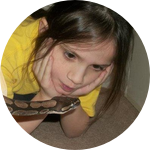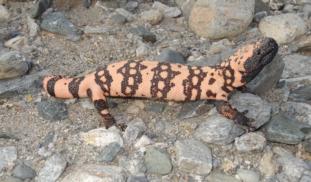Please wait...
About This Project
The Gila monster, with its distinctive black and orange pattern, is one of Arizona’s most iconic animals. A peptide from its saliva has inspired treatments for diabetes, but Gila monsters are currently threatened by habitat destruction and poaching. Surprisingly there is no Gila monster genome. By sequencing and analyzing Gila monster DNA, we will contribute critical knowledge and resources for the study of Gila monster venom in medical genetics and for their conservation.
More Lab Notes From This Project

Browse Other Projects on Experiment
Related Projects
Toward ethical and affordable antivenom solutions: Can anti-toxin be animal cruelty-free?
Snakebite envenoming causes over 100,000 deaths annually, yet current antivenoms depend on animal plasma...
Microplastics: Can engineered enzymes remove microplastics from the human body?
Polyethylene terephthalate (PET) microplastics have been detected in human blood and tissues, and linked...
Shutting down cancer’s recycling system with exosome-based therapy
Pancreatic cancer is one of the deadliest cancers because its cells survive by recycling their own components...




